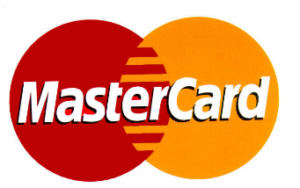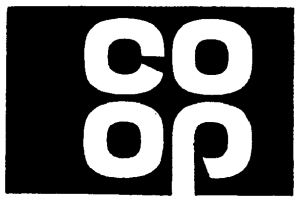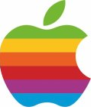26/07/2018
It is not unusual for a company to rebrand. Whether the intention is to attract a new target market for a product or to maintain the interest of existing customers, companies rethinking the way they present their goods and services to the world is nothing out of the ordinary. It seems, however, that in recent years some companies have decided to look backwards rather than forwards when it comes to shaking up their branding.
A big part of rebranding is often the introduction of a fresh new logo. For example, in 2016 MasterCard dropped their world-famous logo that had been used for over 20 years (protected under EU Trade Mark Registration No. 000650564) and replaced it with a revamped version (protected under EU Trade Mark Registration No. 015948301).


Some companies, however, have taken the interesting decision to re-introduce an old logo rather than to develop a new one.
WHSmith has recently run a campaign celebrating their 225th anniversary which focussed on saluting the strength of their cube logo which is protected under UK Trade Mark Registration No. 1106511 filed back in 1978. The WHSmith cube logo was used on the company’s own-brand products and storefronts until being updated in the 1990s.
The Co-operative Group has gone a step further. Not just celebrating, but actually re-introducing its “clover leaf” logo from 1968. The Co-operative Group re-filed to protect the “clover leaf” logo in 2014 (UK Trade Mark Application No. 3063890) having first filed for the same mark as early as 1975 (UK Trade Mark Registration No. 1043558).

It appears that the marketing team at Apple may also be looking back through the archives, as a US Trade Mark Application has recently been filed for the ‘rainbow apple’ logo (US Trade Mark Serial No. 87719586).

Perhaps this return to logos of old is the result of the level of consumer demand for ‘vintage’ or ‘retro’. Has the soar in demand for 90s sportswear, mid-century furniture and vinyl records been accompanied by a wave to harness the power of long-forgotten trade marks?
Before taking the decision to return to an old logo, it is important for companies to bear in mind that they may not have the same trade mark rights in that logo that they did when it was first used or registered.
This article is for general information only. Its content is not a statement of the law on any subject and does not constitute advice. Please contact Reddie & Grose LLP for advice before taking any action in reliance on it.

